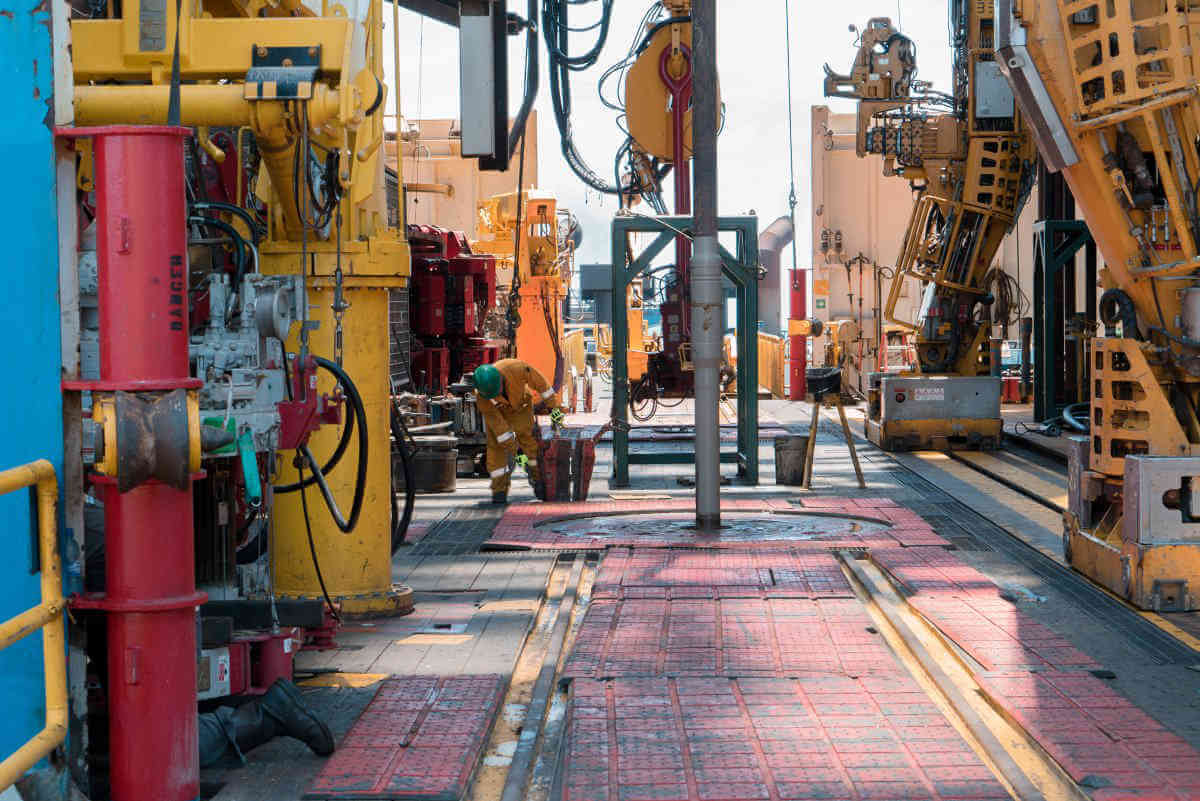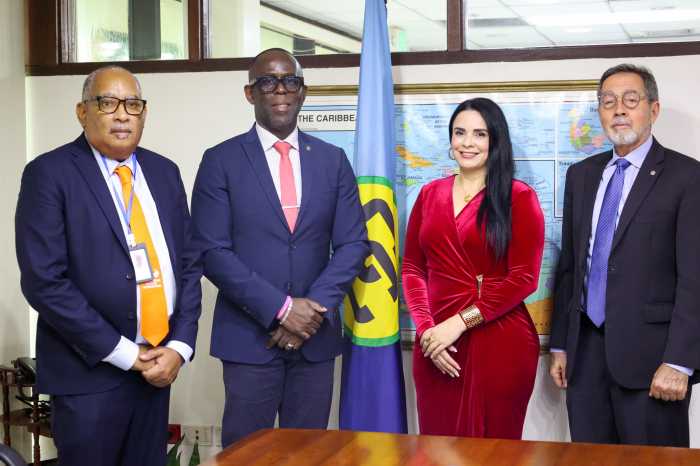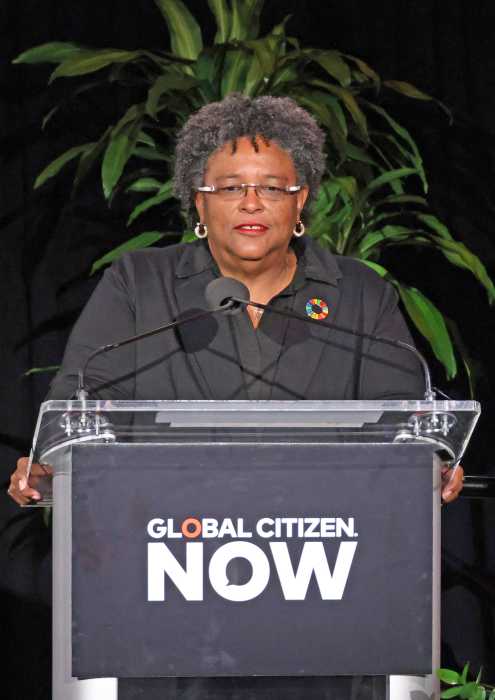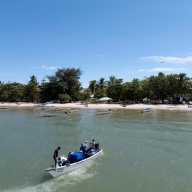A fifth major offshore oil field being developed by a consortium led by ExxonMobil will cost the Caribbean Community nation of Guyana and its production partners a whopping $12.7 billion but will add another 1.3 billion barrels of oil to a basin that already has more than 10 billion barrels of oil, officials said Tuesday.
The Uaru-Mako project that is currently being reviewed by Guyana’s Environmental Protection Agency could come on stream in the next three years and could see up to 63 wells being drilled in the giant oil field to add to more than 30 successful wells a consortium involving US-based ExxonMobil, Hess Corporation and CNOOC, China’s overseas oil corporation since their first discovery back. The consortium reported on nine successful wells last year alone.
The agency on Tuesday put out specifications about the oil field for public review saying that Uaru has at least 1,3 billion barrels of sweet, light crude to add to the more than 10 billion barrels the consortium has estimated so far. Current production is nearly 400,000 barrels per day.
Exxon has already said that once approved by the local EPA and a final investment decision is made, a fifth giant floating production storage and offloading vessel (FPSO) will have to be brought to the basin from which ships will collect supplies for international markets. The oil fields are located about 120 miles offshore near the Guyana-Suriname border.
The announcement about a fifth major oil field comes amid calls from opposition parties and rights groups for Guyana to get a better deal from its arrangements with the consortium.
Current arrangements allow the group to recover 75 percent of their production costs with the remaining 25 percent split with the government in addition to a two percent royalty imposition.
Government has said it will not push for a renegotiation of the contract but will alter payment arrangements for the winners of new oil blocks. Authorities late last year opened bidding for 14 new blocks near the consortium’s Stabroek Block. Bids close in mid April.
Neighboring Suriname, a fellow CARICOM bloc member nation has also discovered large quantities of sweet, light, high demand crude oil in the past four years with actual production expected to commence around 2027, slightly slower than what had obtained in Guyana after 2015. Seeking to similarly cash in on petroleum resources, several other bloc states like Barbados, Jamaica, Grenada and The Bahamas have all taken steps to interest exploration companies in recent months.
Meanwhile, Guyanese Finance Minister Ashni Singh this week said that the 2023 budget will reflect the impact of oil on the economy when the estimates are read in parliament on Monday.


























